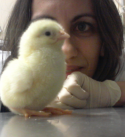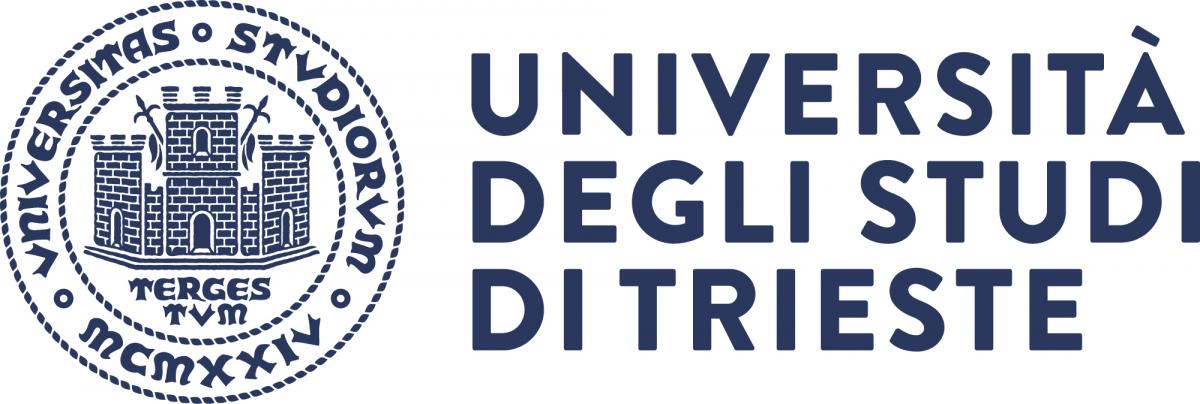- Home
- Department
- Research
- Teaching
- Post Graduate Studies
- Services and Equipment
- Knowledge Transfer
Animal cognition (Prof. Chiandetti)
Research Strand:

Associate professor in Psychobiology and physiological psychology (M-PSI/02)
Telephone: 0405588677
Email: cchiandetti@units.it
Biosketch
Cinzia Chiandetti is Associate Professor in Psychobiology and Coordinator of the Master Degree in Psychology.
She graduated in Psychology at the University of Padova and obtained a Ph.D. in Neuroscience at B.R.A.I.N. Centre for Neuroscience, University of Trieste. She has been a post-doc at CIMeC Centre for Mind/Brain Sciences, University of Trento and she gained experience in foreign labs as visiting researcher (Prof. S. Helekar's Lab, Dept. of Neurology at The Houston Methodist Hospital, Texas; Prof. B. McCabe's Lab, University of Cambridge, UK; Prof. T. Matsushima's Lab, Hokkaido University, Japan; Prof. O. Güntürkün’s Lab at Ruhr-Universität Bochum, Germany). She won a L'Oréal fellowship for Women in Science in 2010.
Cinzia Chiandetti is Associate Editor for the subject "Organismal and Evolutionary Biology" of the Royal Society Open Science and Associate Editor and Associate Editor for Frontiers in Comparative Psychology.
She is active in disseminating the scientific achievements of the field to the broad public by attending divulgative science festivals. Her research has attracted media attention and she has been interviewed by RadioRai3Scienza, Radio24, AQOB Radio and different journals as NationalGeographicItalia, Scientific American, The Wall Street Journal, and Science Daily.
Cinzia Chiandetti heads the Laboratory of Animal Cognition (L.A.C.) and her research interests cover the origins of cognition and the development of cerebral asymmetries. A summary of current projects is available in the section “Ricerca” of this website. More info and the list of downloadable papers are available at the web page of the L.A.C.
Info
Last update: 01-02-2026 - 23:30



